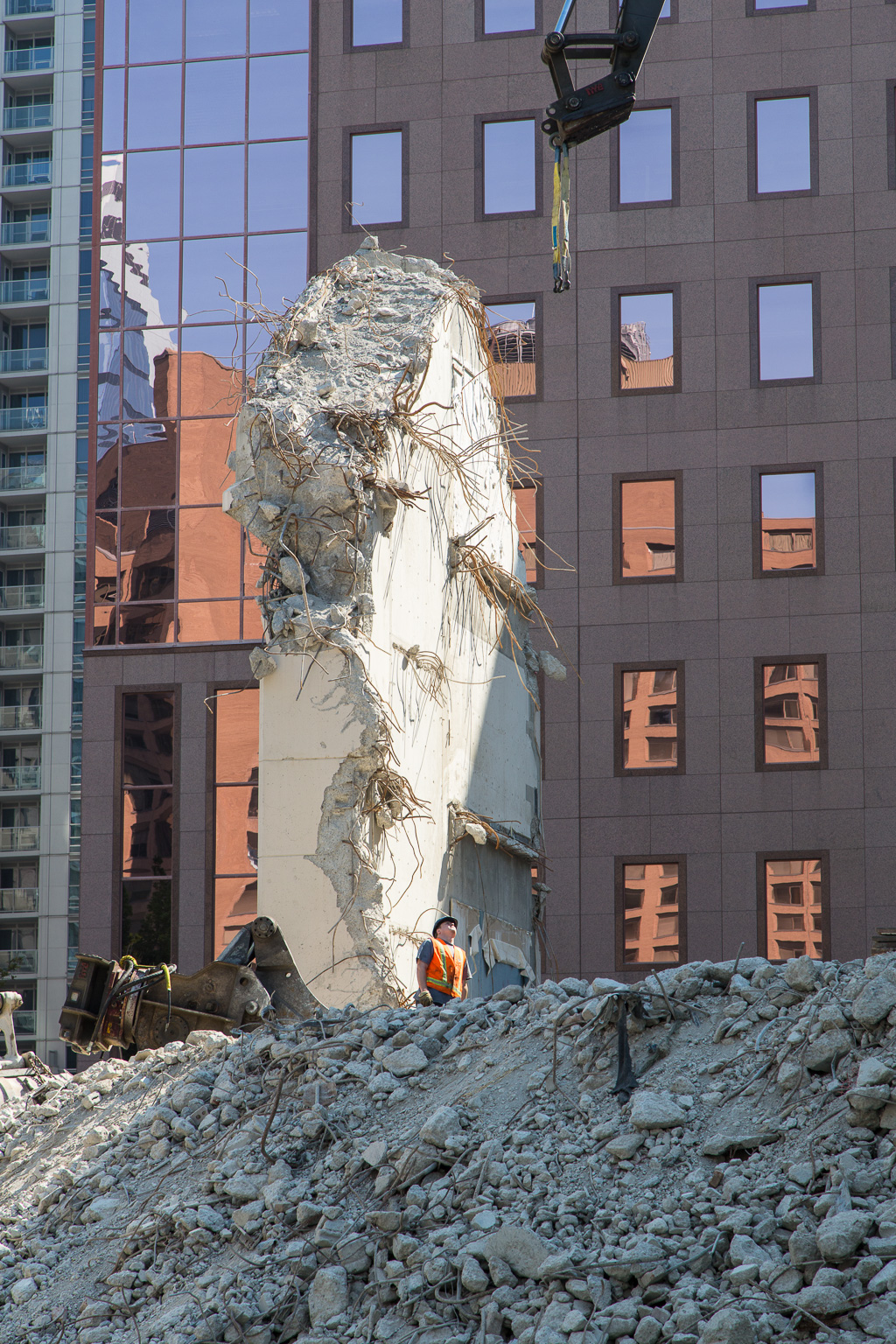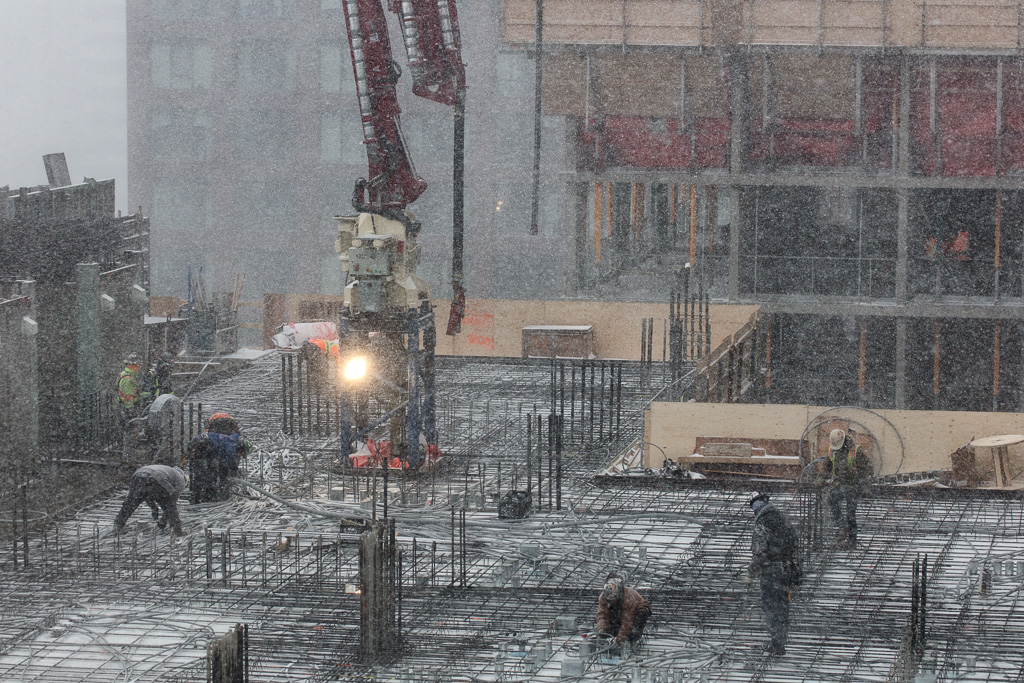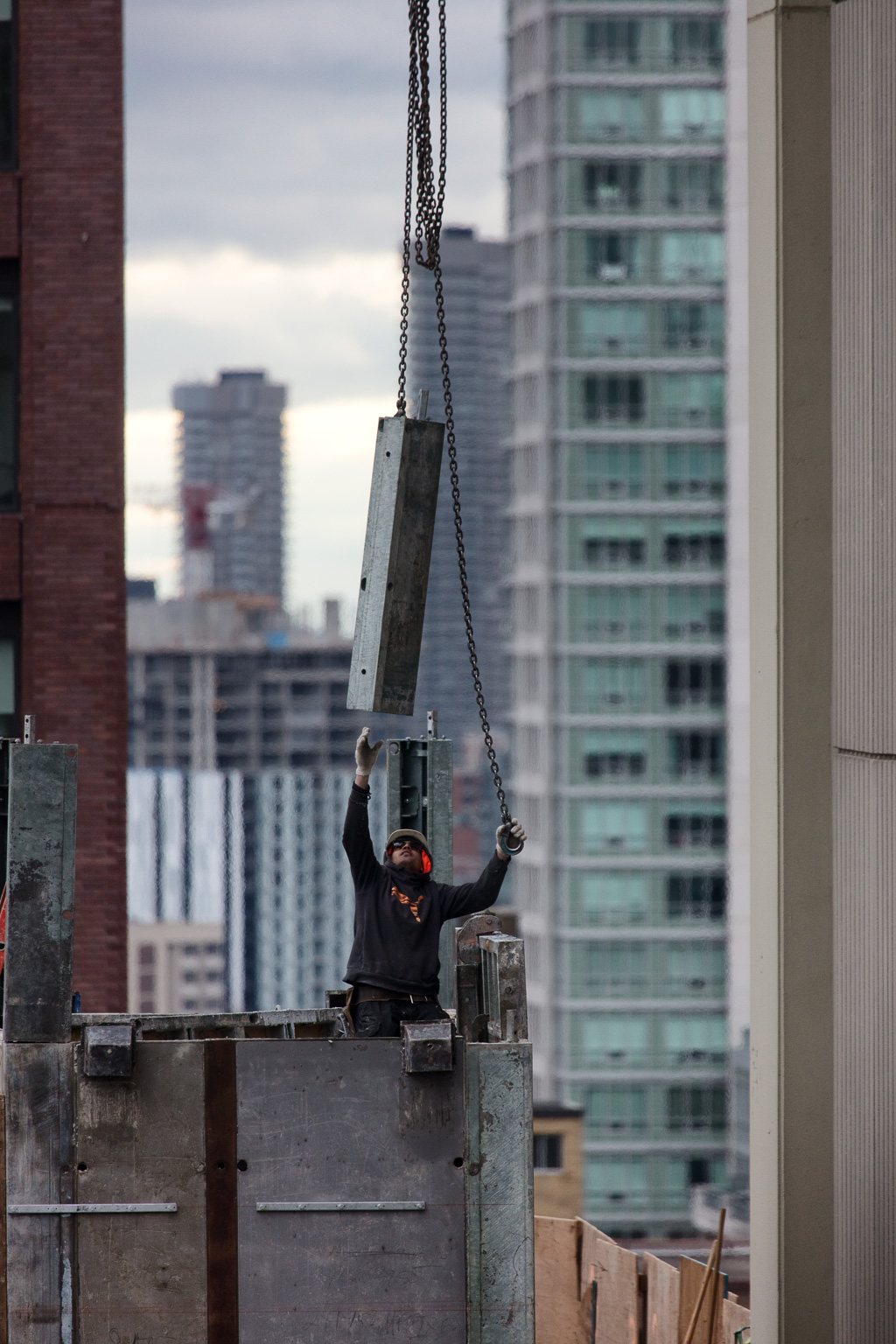
There’s a story—I can’t remember where I heard it and I have no idea if it’s true—about loggers in the late 1800’s cutting down trees in an old growth forest, maybe in California or the interior of British Columbia. They fastened guy wires to the top of an enormous tree, at least a couple hundred feet high with a trunk of such girth that it took a dozen loggers holding hands to circumvent its girthness, and they used block and tackle rigging to pull down the tree.
Once the tree was laid out on the ground, the loggers took up their enormous saws and set to work cutting it up, starting at the trunk. It took all morning to make a single cut, but when they were done, they had freed the tree from its upended root ball. Time for lunch. The loggers gathered in the shade of the root ball, made themselves a little fire for their tea, pulled out their sandwiches or whatever it is that late 19th century loggers ate for lunch, stretched out their legs, settled in for a short snooze. Ah!
The problem with pulling down a tree is that half the roots are still in the ground, bent at a 90º angle, but not broken. Those roots are under enormous pressure, but held in place by the weight of the tree. When the loggers cut the tree at the trunk, there wasn’t much left to hold the roots in place. Without warning, the roots snapped back to their original position, flipping the root ball flush with the ground and effectively swallowing all the loggers underneath it. Lunch. An entire logging crew vanished beneath an enormous redwood root ball.
When I heard this story, I think the teller intended it as an environmental parable, a case of tree revenge. The moral of the story was that, ultimately, we must pay for the ravages we inflict on the natural world. Something like that. But I was a kid at the time and didn’t care for parables with environmental messages. I evaluated all stories by their gross factor. By that measure, this was a good story. Almost as good as a dead baby joke.

Image Credit: Wikimedia Commons.


